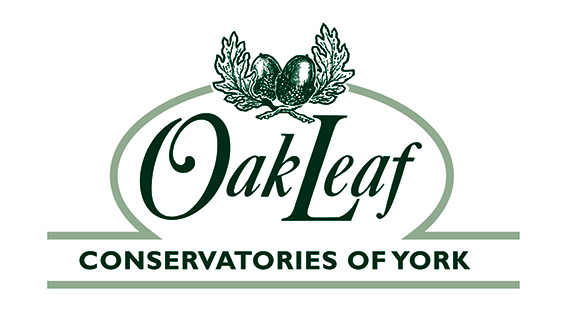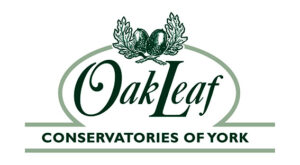Orangeries
Home » Our Conservatories » Orangeries
Hardwood Orangeries
An orangery is a style of Garden Room often incorporating solid masonry walls or substantial eave and soffit detail, typically with an inset glazed roof reminiscent of historic structures. The paint colour scheme accents the cornice and columns.
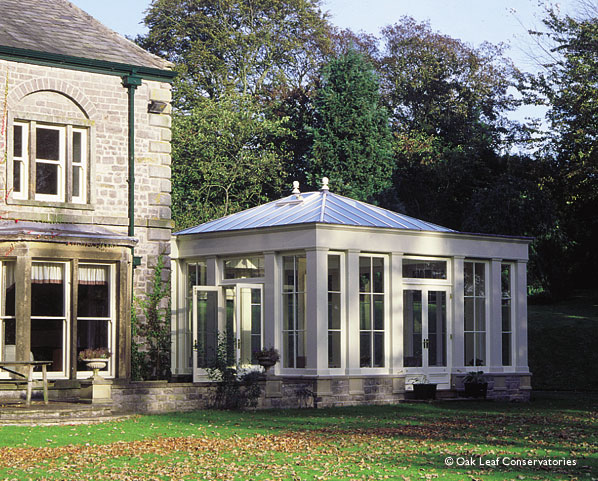
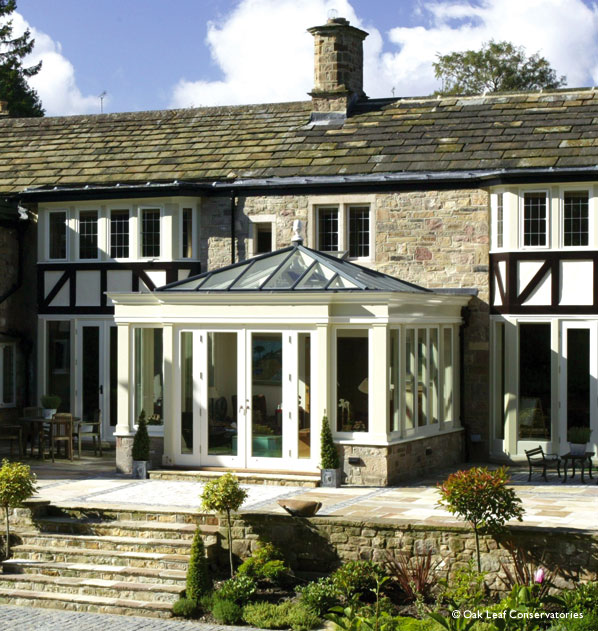
Bespoke Contemporary Orangery
The substantial structure of this grand yet straightforward style orangery is appropriate with the architecture of the period Tudor Manor House. The perimeter box gutter gives access to the upper floor for maintenance and cleaning of the glass roof.
Classical Orangery
A generous open kitchen/dining plan is created with the addition of the orangery. The glazing bar design of the solid head arched windows and doors provide detail while maintaining a clear view of the grounds.
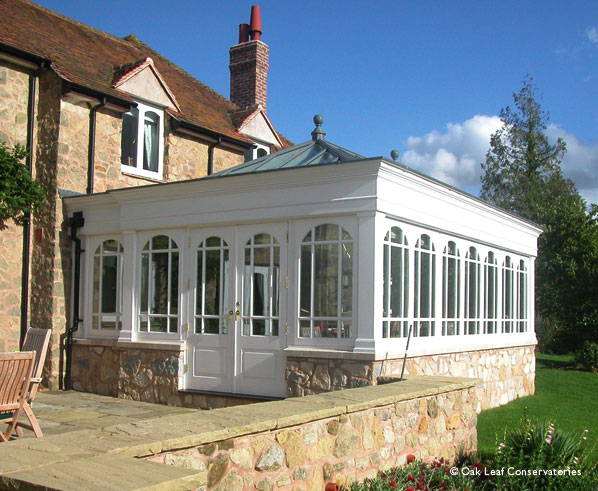
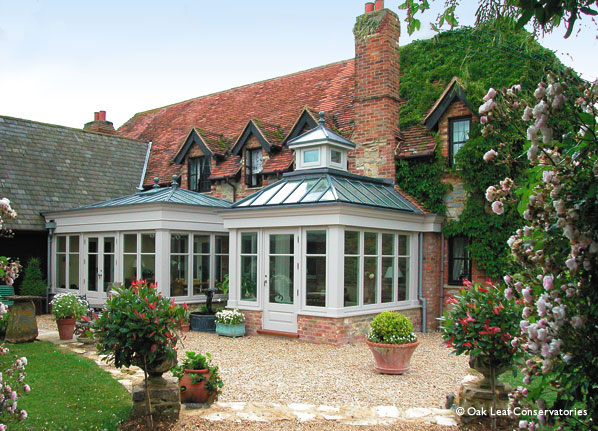
Room Extension
Oak Leaf’s unique design capability overcomes challenging abutment conditions of existing sites. Two distinct elements are unified by window design, colour scheme and connecting link. The cupola roof matches one on the property and adds a touch of whimsy.
Dining Room Orangery
The double door entrance to the new dining area is accentuated by full-length columns, and a delicate leaded fanlight. The gray exterior roof capping integrates with lead lined box gutter for a refined look.
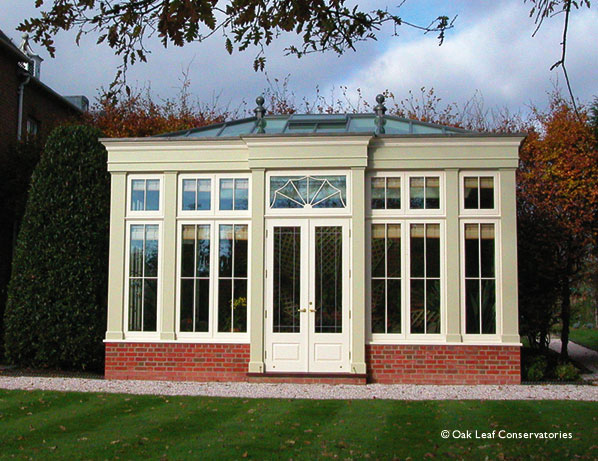
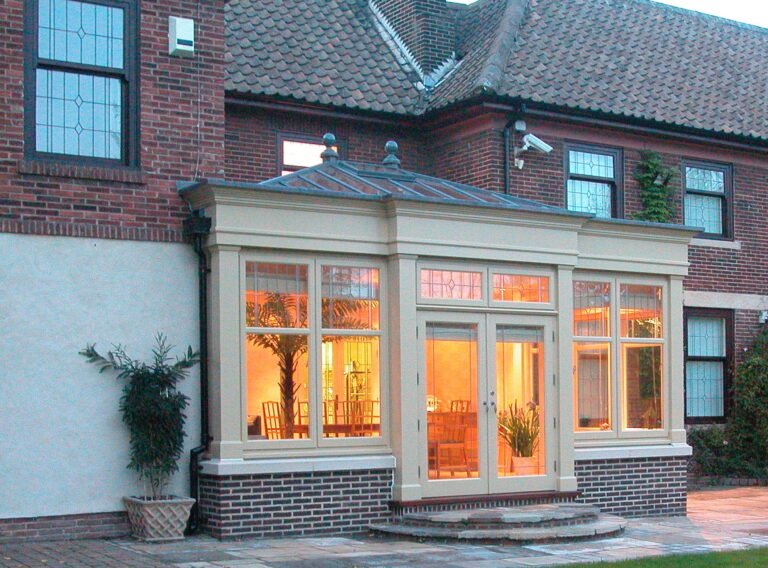
Empathy with Existing Architecture
Small extension fills in an alcove, creating an intimate dining area with a view of the garden. Leaded glass windows match seamlessly with those in the existing house.
Lantern Roof
A multi-tiered glass lantern roof towers to 30′. The solid walls provide privacy and a background for wall sconces and furnishings. Double doors lead to a separate “potting shed”. Interior features include automatic blinds, a humidifying system, and radiant heated floors.
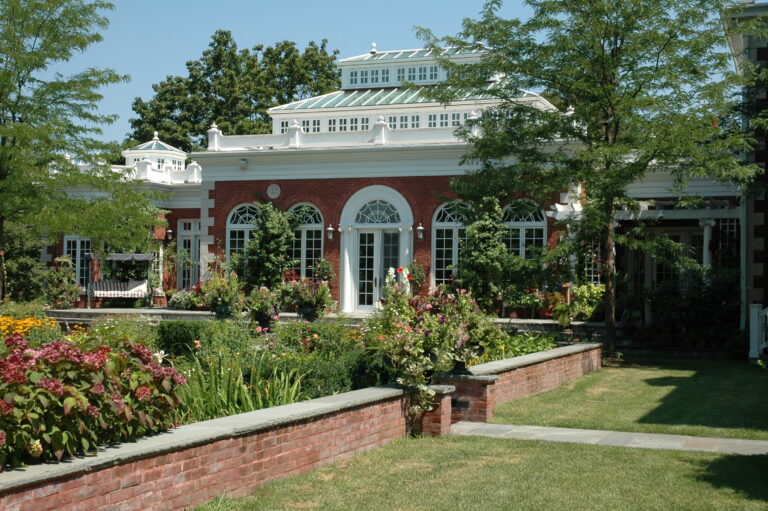
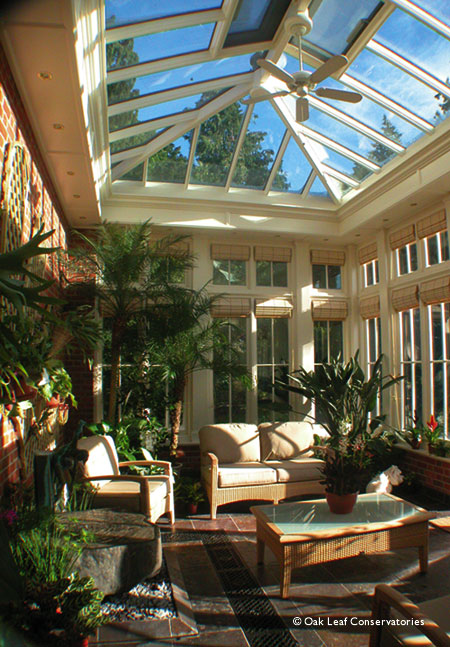
Garden Room Orangery
The inset glazed roof of orangery designs is centered on the room with a continuous soffit around the perimeter. The solid roof areas offer the opportunity for added insulation, shading, ducting or lighting.
Orangery Manufacturers
Orangery manufacturers have a long history of building these interesting structures. An orangery has some differences from a traditional conservatory or a garden room, although orangery manufacturers can usually design and build all of these. Orangeries first started becoming popular in northern Europe in the 19th century. Estate owners would usually have a garden in which orange trees were planted, and these gardens were originally called orangeries. Eventually the buildings themselves became known as the orangeries, and orangery manufacturers started to become very busy as the structures gained popularity.
The original orangeries were usually separated from the main house, and the walls were built with stone. Each wall had several vertical sliding windows so that most of the wall area was comprised of glass. The roof was also glass. When constructing the modern orangery, manufacturers now use primarily wood as well as stone. In addition, the orangeries of today are usually attached to the house and used for more than just a place for orange trees and other citrus. Many homeowners enjoy using these rooms for entertaining or just relaxing in the sunshine. They can prove to be a wonderful place to enjoy the “feel” of the outdoors without being subject to the actual outdoor weather or temperature.
Indeed, bespoke orangeries can add substantially to the functional living area of the home. Consider even a modest orangery measuring 20 feet by 30 feet; that space allows for some comfortable furniture and perhaps a nice table for a Sunday brunch. The citrus plants are a wonderful accent to virtually any decorative style, in addition to giving the room a constantly fresh scent. You may find, as many of our clients have already, that the orangery will become one of the favorite rooms in the home.
You may already have some orangery design ideas in mind, or perhaps you have retained the services of an architect who will be drawing up some plans. As orangery manufacturers, we have designed and built many bespoke conservatories and hardwood orangeries. We can certainly work from your plans, and we are also happy to offer some suggestions based on our experience. You may want the design to compliment the architectural style of the home, or to match it. Many of our clients with homes of historical importance feel that the orangery should be in keeping with the design of that period. Others, with perhaps more modern estates, like the idea of the orangery being seen as a refined addition to the main home. Whatever your preference, we are certain that the new addition to your home will add not only elegance, but also functionality.
As you interview orangery manufacturers, there are a few important factors to consider:
- Experience – You should only trust a project of this magnitude to a firm that has successfully completed many orangeries.
- Examples – Always ask to see examples of completed work. This not only tells you about the level of skill, but also might provide you with some design ideas to use (even if you don’t end up using that particular manufacturer).
- References – Orangery manufacturers with a long history of experience should be happy to provide you with a list of happy clients.
Feel free to contact those people, and ask about what kind of experience they had. We have many clients who will enthusiastically tell you about the orangery that we designed and built for them.
You will hear in their voices the pride and satisfaction they have in their new addition. We are both honored and delighted that you are considering us. We look forward to exceeding your expectations. We are orangery manufacturers throughout the US and worldwide.
